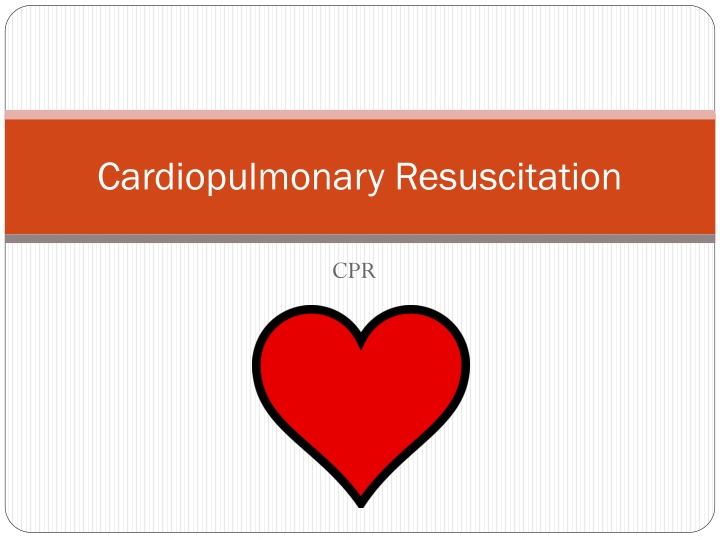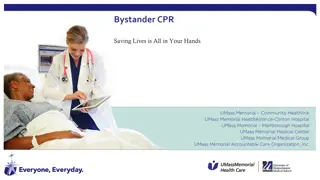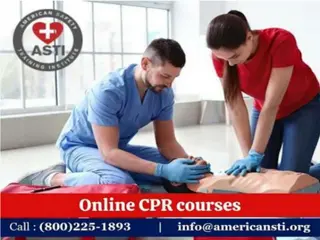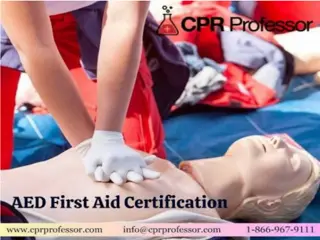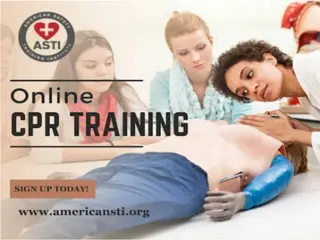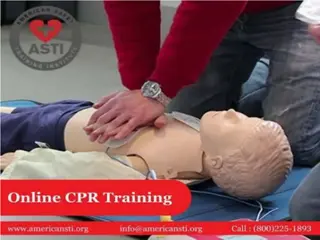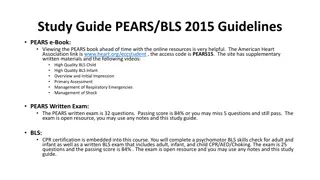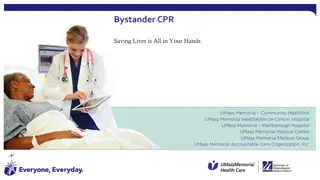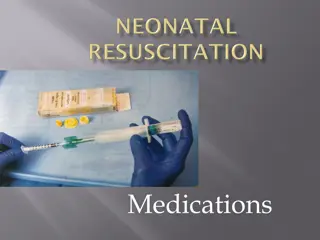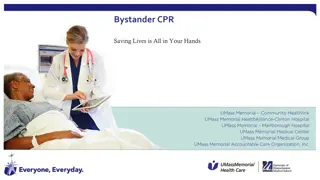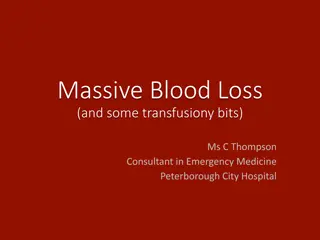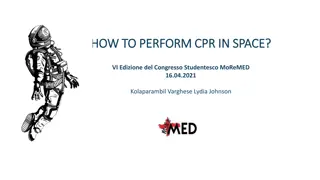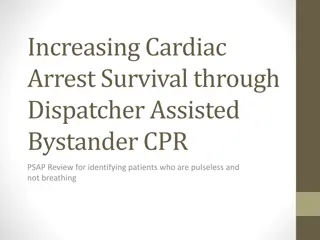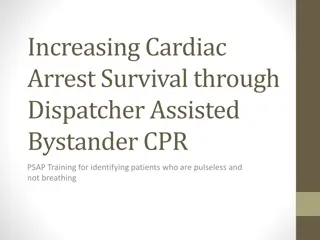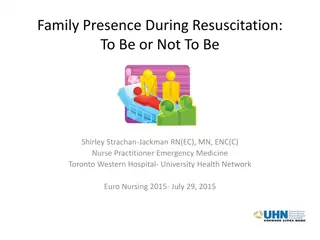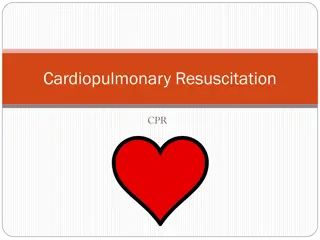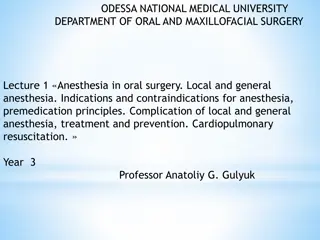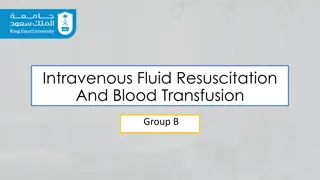Learn How to Perform Cardiopulmonary Resuscitation (CPR) Steps
Cardiopulmonary Resuscitation (CPR) is a crucial lifesaving technique used in emergencies like heart attacks or near drownings when someone's breathing or heartbeat has stopped. This article provides a detailed guide on performing CPR, including how to check the scene for safety, assess breathing, do chest compressions, and deliver rescue breaths. Following these steps could potentially save a life in a critical situation.
Download Presentation

Please find below an Image/Link to download the presentation.
The content on the website is provided AS IS for your information and personal use only. It may not be sold, licensed, or shared on other websites without obtaining consent from the author.If you encounter any issues during the download, it is possible that the publisher has removed the file from their server.
You are allowed to download the files provided on this website for personal or commercial use, subject to the condition that they are used lawfully. All files are the property of their respective owners.
The content on the website is provided AS IS for your information and personal use only. It may not be sold, licensed, or shared on other websites without obtaining consent from the author.
E N D
Presentation Transcript
What is CPR? Cardiopulmonary resuscitation (CPR) is a lifesaving technique useful in many emergencies, including heart attack or near drowning, in which someone's breathing or heartbeat has stopped. What does CPR stand for? Cardiopulmonary Resuscitation Cardio = Heart Pulmonary = Lungs Resuscitation = To Bring Back
What causes the heart to stop? Heart Attack Drowning Electrocution Suffocation
CPR Steps 1. Check the scene for safety. 2. If the scene is safe, approach the victim, tap on their shoulder and shout: Are you ok? 3. If there is no response, call 911 or yell for someone to call 911.
CPR Steps 4. Look, listen & feel for breathing. While victim is laying on their back, kneel beside them. Then: A) Tilt their head back with one hand. B)With your other hand, place your index finger and middle finger on their carotid artery (neck). C) Put your ear next to the victims mouth. (You should be looking down towards the victim s feet. *Look, listen & feel for breathing for 5-10 seconds.
CPR Steps 5. If the victim is NOT breathing: A) Place the heel of on of your hands on the victim s breast bone. B) Place your other hand on top of the first hand and interlock your fingers. C) While keeping your elbows straight and only the heel of your hand on the victim s chest, begin 100 compressions. *When doing chest compressions, you should depress the victims chest approximately 2 inches.
CPR Steps 6. After you do 100 chest compressions, look listen and feel for breathing again. - If the victim is still not breathing, do another 100 chest compressions. Keep repeating the chest compressions and checking for breathing. *If the victim becomes conscious (wakes up) at any point during chest compressions, stop the compressions immediately. **Even if the victim wakes up, stay with them until help arrives (paramedics).
Rescue Breaths After you look listen and feel for breathing, tilt the head back, pinch the nose and perform 2 slow rescue breathes. After the 2 rescue breaths, perform 30 chest compressions. After the 30 chest compressions, do 2 more rescue breathes and keep repeating the cycle. *After 5 cycles, look listen and feel for breathing again. ** 1 cycle = 2 rescue breathes and 30 chest compressions.
First Aid & Safety Click here to find out what items should be in a first aid kit
